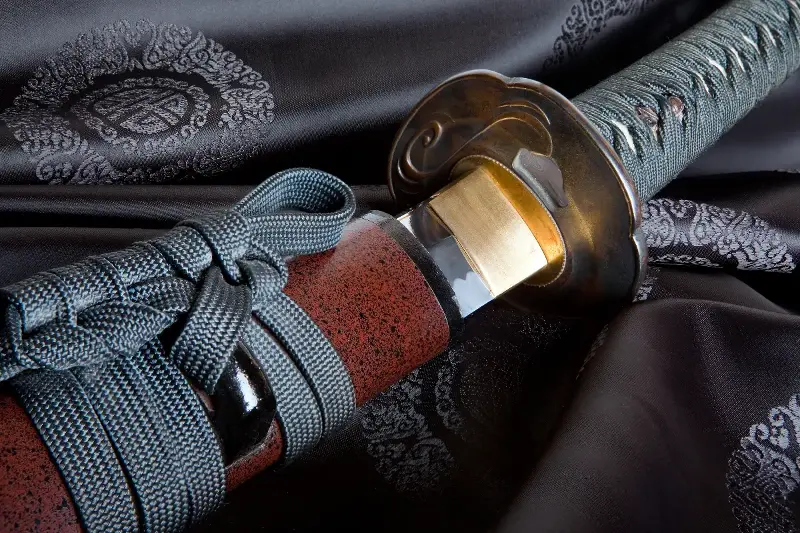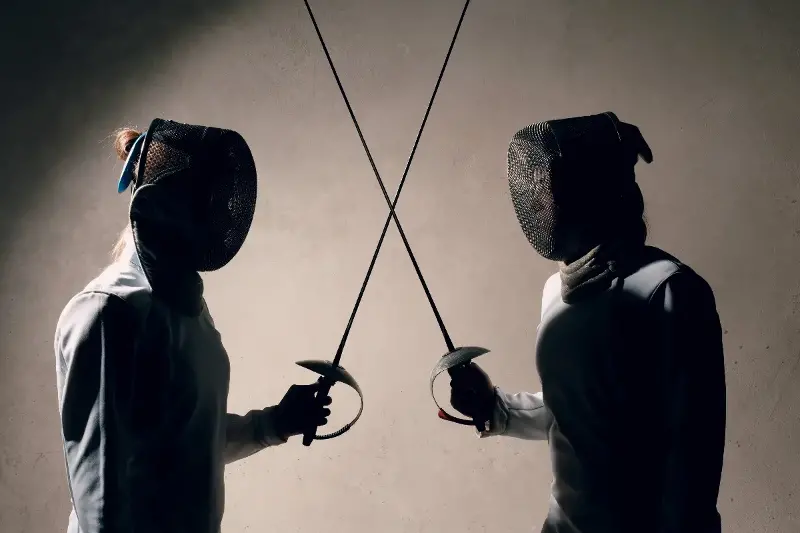For thousands of years, blades have been more than instruments of war or tools for survival—they’ve stood as symbols of power, artistry, and human ingenuity. Across every corner of the globe, swords and knives have slashed their way into history, shaping civilisations and traditions. But not all edges were forged for battle. Some sliced the air in sacred rites, others flashed in trials of honour, and many became treasures of legend and awe. Let’s journey through time and space to uncover the world’s most captivating ceremonial, battlefield, and duelling blades.
Ceremonial Blades: Symbols Beyond Steel

When it comes to ceremonial blades, function often bows to symbolism. Consider the Japanese “tachi” and “katana”—not only weapons, but centrepieces in Shinto rites and samurai funerals. In Scotland, the Sgian Dubh—a small, ornate knife—is still tucked into the sock for Highland dress, its blade mostly a nod to tradition rather than self-defence.
Africa’s Ashanti Empire wielded golden swords to crown kings, while Maasai elders bless coming-of-age warriors with beaded blades, signifying courage and community. In India, the elaborate “talwar” swords of Maharajas dazzled at royal events.
Key ceremonial facts:
- Blades often feature intricate inlays, gemstones, and precious metals.
- In some Native American tribes, knives with carved bone handles mark rites of passage.
- Aztec priests used obsidian knives in sacred rituals—sharp enough for both sacrifice and legend.
Battlefield Blades: Warriors and Empires

The clashing ring of swords rings loudest in the annals of history. Battlefield blades are creations of necessity and innovation, each style echoing the tactics and cultures that wielded them.
Consider the Viking “Ulfberht” sword, inscribed with cryptic runes and famed for its high-carbon steel—a millennium-old marvel of metallurgy. The curved Turkish kilij and scimitar enabled lightning-fast cavalry sweeps across deserts and plains. On the opposite side of the world, the Chinese “jian” blade, dubbed the “Gentleman’s Sword”, was prized for its double-edged balance and finesse by scholars and soldiers alike.
Famous battlefield blades:
- Roman gladius—short, devastating in close quarters.
- Japanese katana—light, razor-sharp and reputed to slice silk mid-air.
- Zulu iklwa—short stabbing spear, vital in the reign of Shaka Zulu.
The tales behind battlefield blades often blur fact and myth, as seen in legends of King Arthur’s Excalibur or the indomitable Scottish claymore.
Duelling Blades: Honour in the Balance

A duel—where courage, skill, and destiny meet—demands weapons of both elegance and lethality. Across Europe, the rise of the rapier in the Renaissance transformed personal combat into a deadly dance. Slender and precise, the rapier turned the duel into an art form, immortalised in literature and film.
In South America, the “gaucho” carried the facón, a long knife as essential for honour-guard disputes as for life on the open plains. India’s “pata”, a gauntlet-sword with an attached blade, gave even a single duellist a formidable reach.
Noteworthy duelling traditions:
- French nobility settled insults with épée or sabre duels—ritualised by strict codes of conduct.
- In the Philippines, the art of eskrima uses agile sticks and blades in rapid, fluid duels.
The weapons of the duel echo humanity’s quest for resolution and respect—a ballet where the stakes could be fatal.
Throughout history, blades have cut much deeper than flesh and bone—they’ve divided eras, united tribes, crowned rulers, and even determined destinies. What stories lie hidden in the old steel of museum cases or the ceremonial blade passed down through generations in your own family? Each edge carries a tale, a purpose, a legend waiting to be discovered—or reimagined. Which blade, across continents or centuries, would you journey to see, or dare to wield in your own legend? The world’s sharpest stories are never far from those who seek them.
